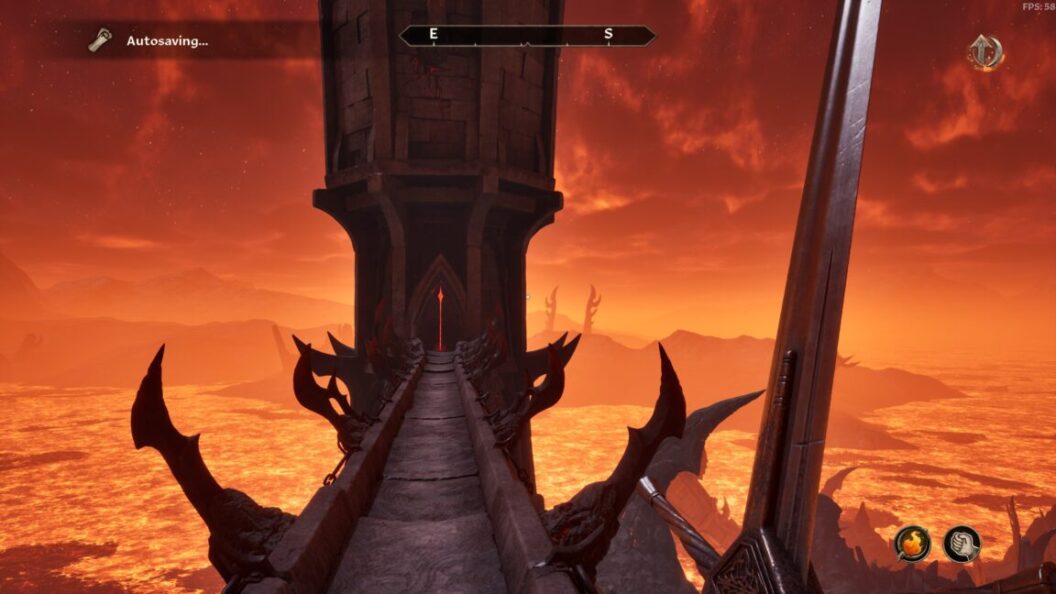An Immersive Journey Through Oblivion: A Game That Continues to Captivate
The fantasy role-playing game Oblivion, released by Bethesda Game Studios, continues to attract players years after its initial launch. With an engaging narrative, memorable characters, and expansive open-world design, it remains a standout title in the gaming community. Recent discussions, sparked by a reexamination of its mechanics and design, highlight both the strengths and quirks of the beloved game.
Patrick Stewart’s Commanding Performance
One of the most praised aspects of Oblivion is the voice acting, particularly the performance by Patrick Stewart, who lends his voice to a key character early in the game. His regal delivery not only captivates players but also effectively masks some of the game’s narrative weaknesses. This strong vocal performance is complemented by writing that is concise and engaging, standing apart from the drawn-out dialogues that can sometimes plague video games of that era.
A Vast World Awaits
As players venture into the expansive world of Oblivion, the sheer scale of its environment is immediately striking. The freedom to fast travel to various locations is notable, allowing players to bypass the extensive exploration of meticulously crafted landscapes. While this feature may evoke a sense of guilty convenience, it underscores the game’s design philosophy focused on accessibility and enjoyment.
The world is not just vast but also rich with detail. Many artists and developers dedicated substantial time to create and later remaster the beautiful forests and mountains, enhancing the overall aesthetic. However, this accessibility does come with a slight pang of regret; players might feel they’re missing out on the immersive experience that a slower, more exploratory approach would offer.
The Thrill of Unexpected Adventures
In a memorable encounter, the player experiences the game’s unpredictable elements firsthand. After a quest instructs them to "borrow" a horse, the consequences quickly unfold when armed guards perceive the action as theft. This creates a humorous yet tense situation as the player attempts to evade their pursuers, illustrating the game’s ability to craft spontaneous narratives that feel organic.
Despite the initial thrill of horse-riding through rain-soaked forests, the game also reminds players of the limitations of its mechanics. The player recounts the puzzlement of losing the stolen steed, leading to questions about either the realism of a wandering horse or potential bugs within the game engine.
Immersive Atmosphere
The atmospheric depth of Oblivion shines through during nighttime explorations. Players often find themselves adjusting brightness settings to soak in the intricacies of the night sky and dense, rendered foliage. These design choices contribute to a fully immersive experience, allowing for moments of genuine wonder amidst gameplay.
Conclusion: A Lasting Legacy
The discussions around Oblivion highlight its enduring appeal in the gaming landscape. As players reflect on their experiences—both the comedic and the serious—it’s clear that the game has carved out a lasting niche in gaming history. With its engaging storytelling, immersive world, and nuanced design, Oblivion continues to impact players, reminding them why it remains a beloved classic. Its exploration of freedom, adventure, and occasional misadventure offers a glimpse into the magic that video games can create, exemplifying the genre’s potential for rich, engaging storytelling.
Ultimately, Oblivion transcends beyond mere entertainment; it invites players to lose themselves in an expansive universe, crafting their own tales amid a backdrop of fantasy and adventure that endures through time.









